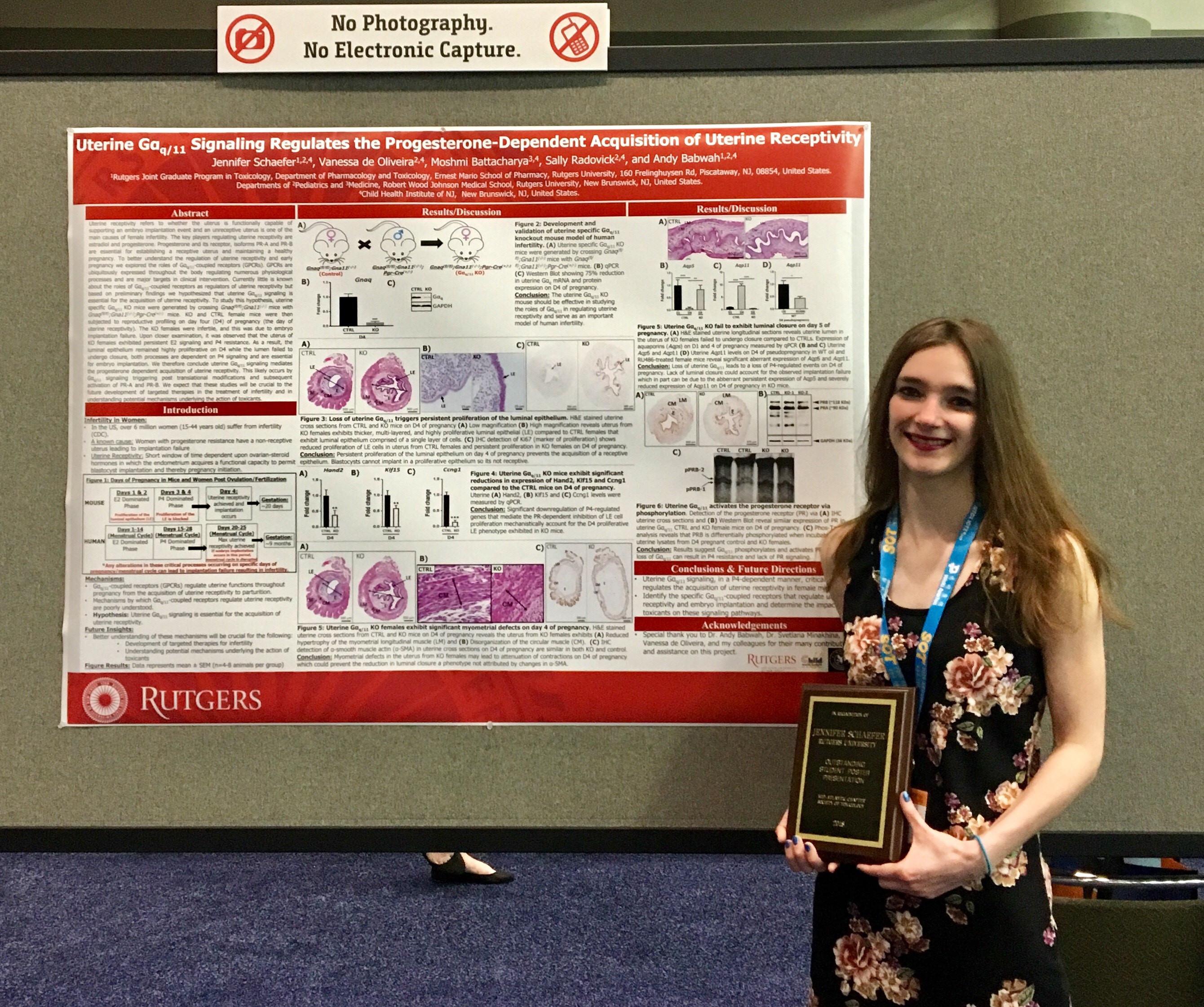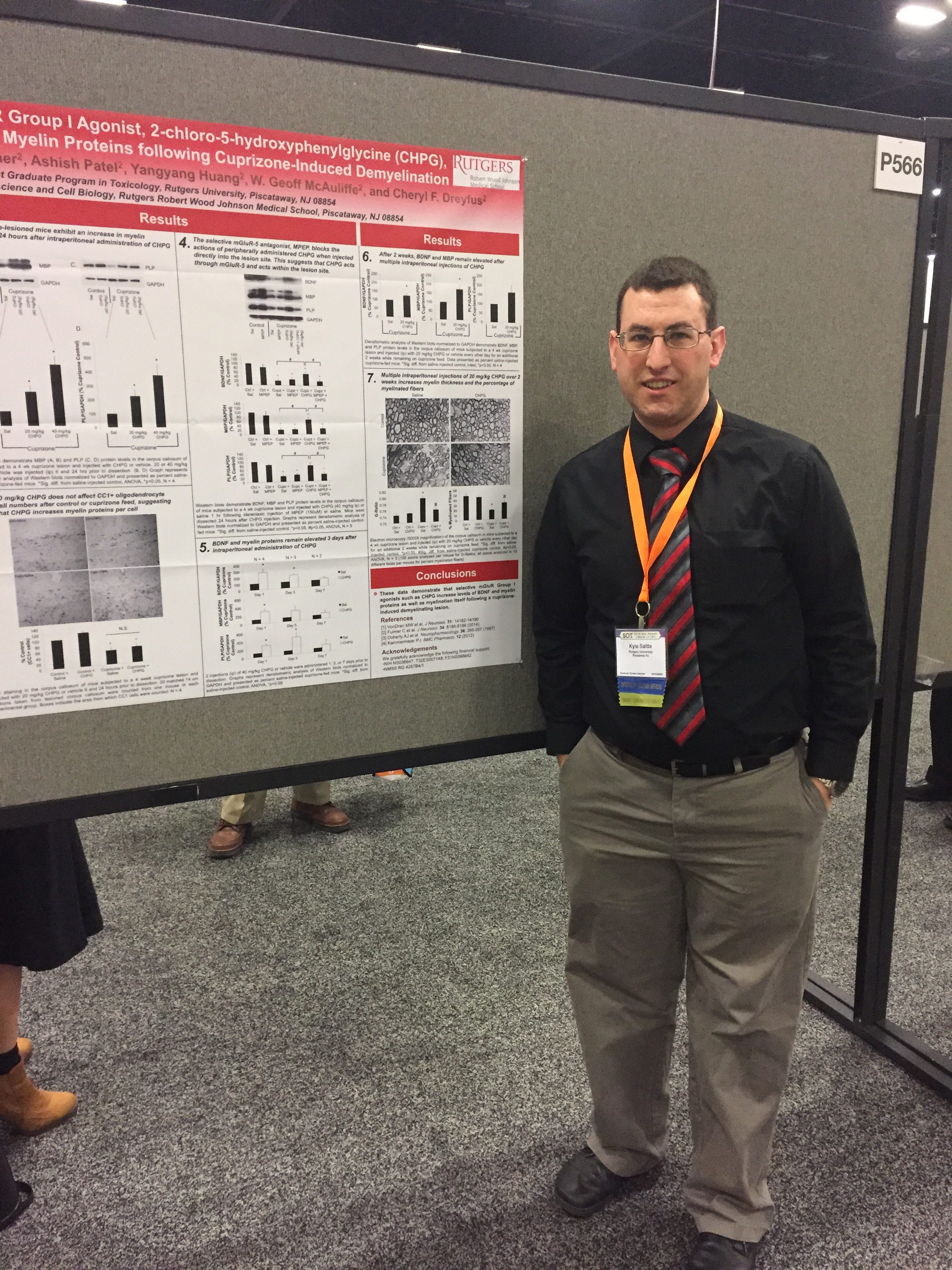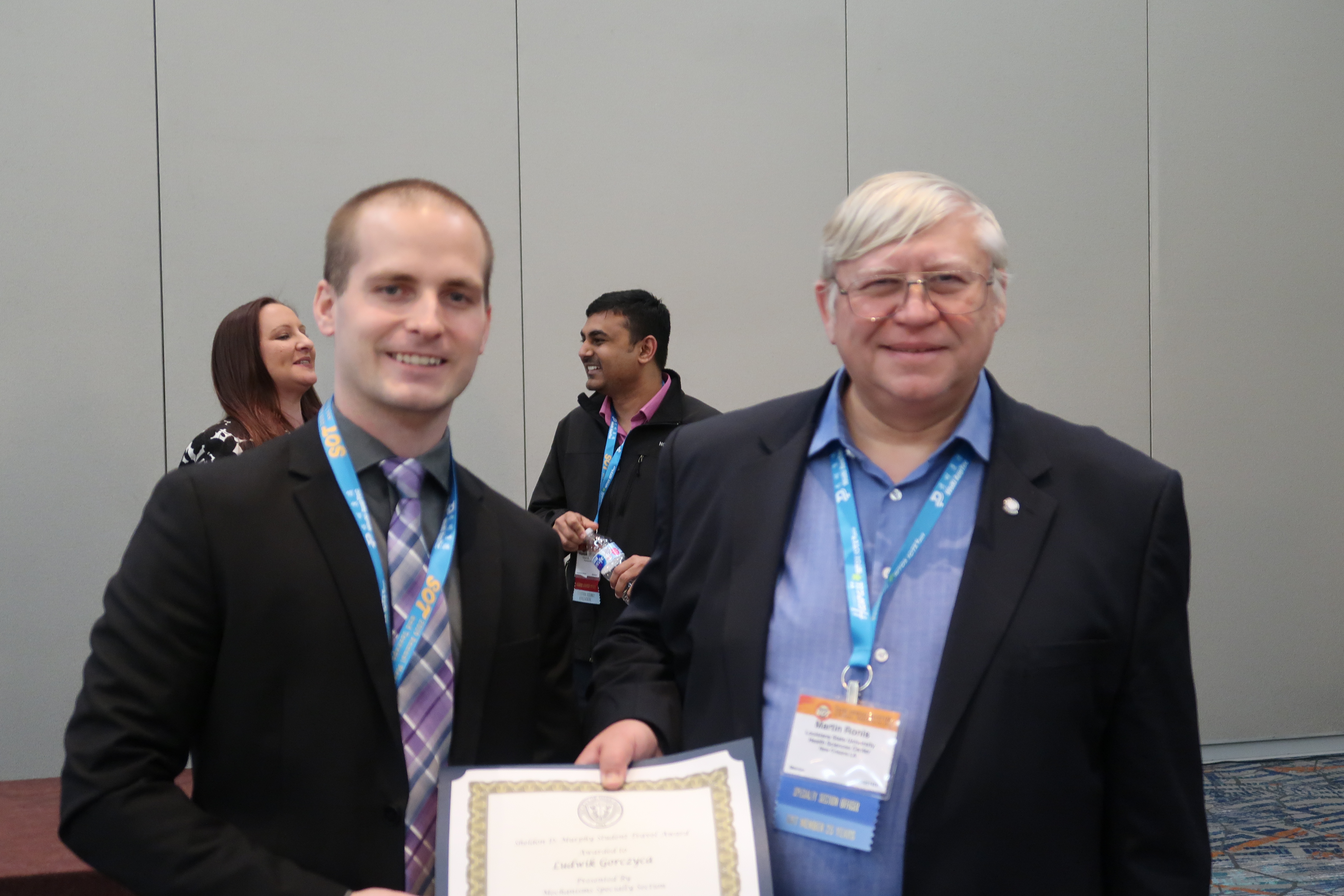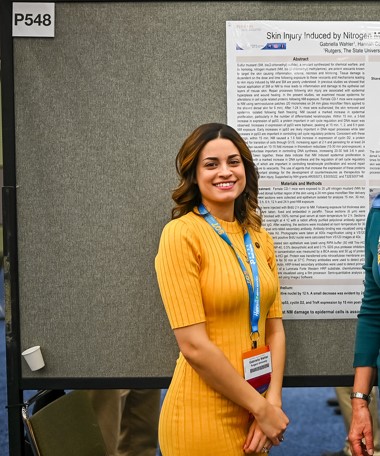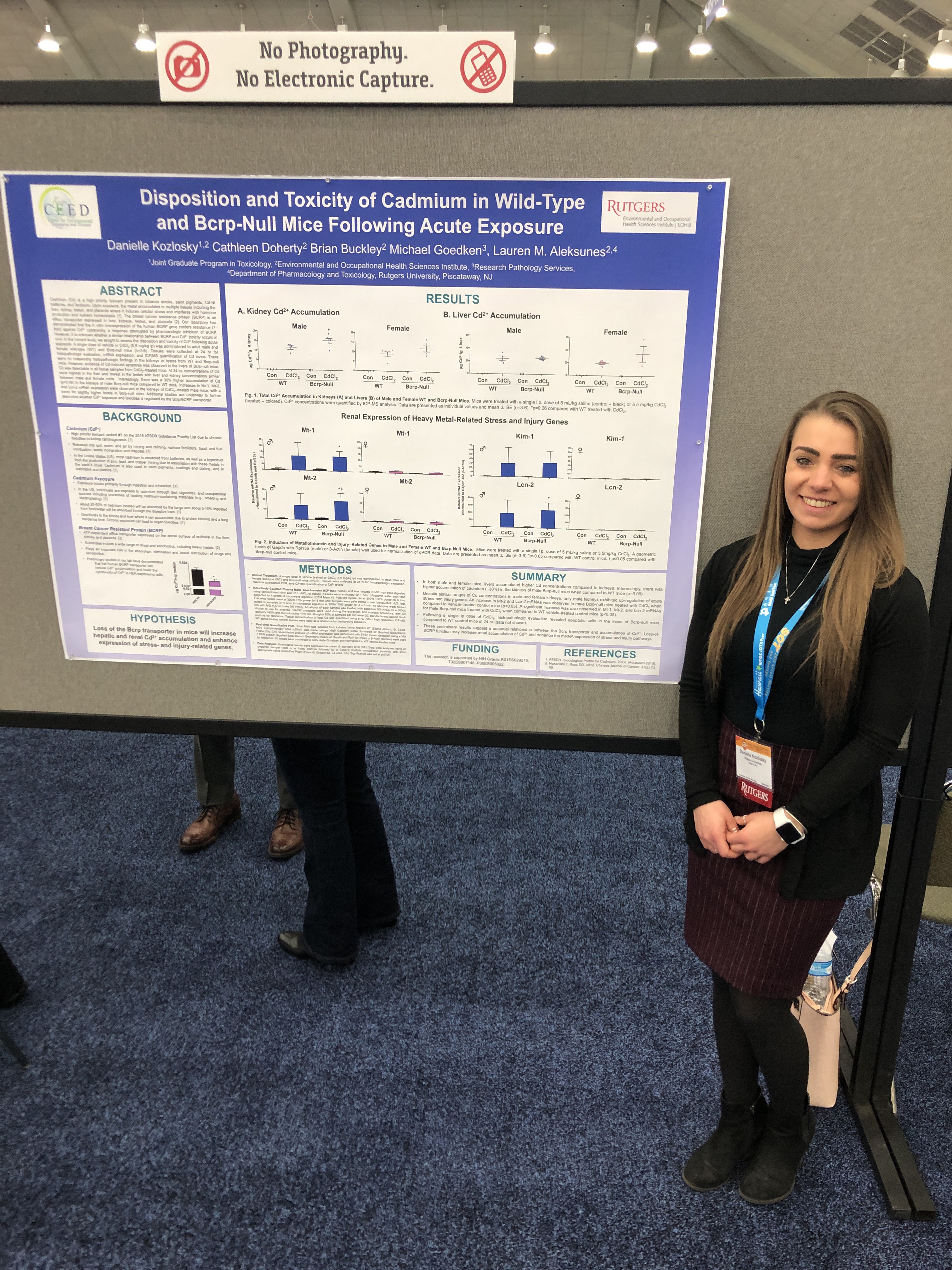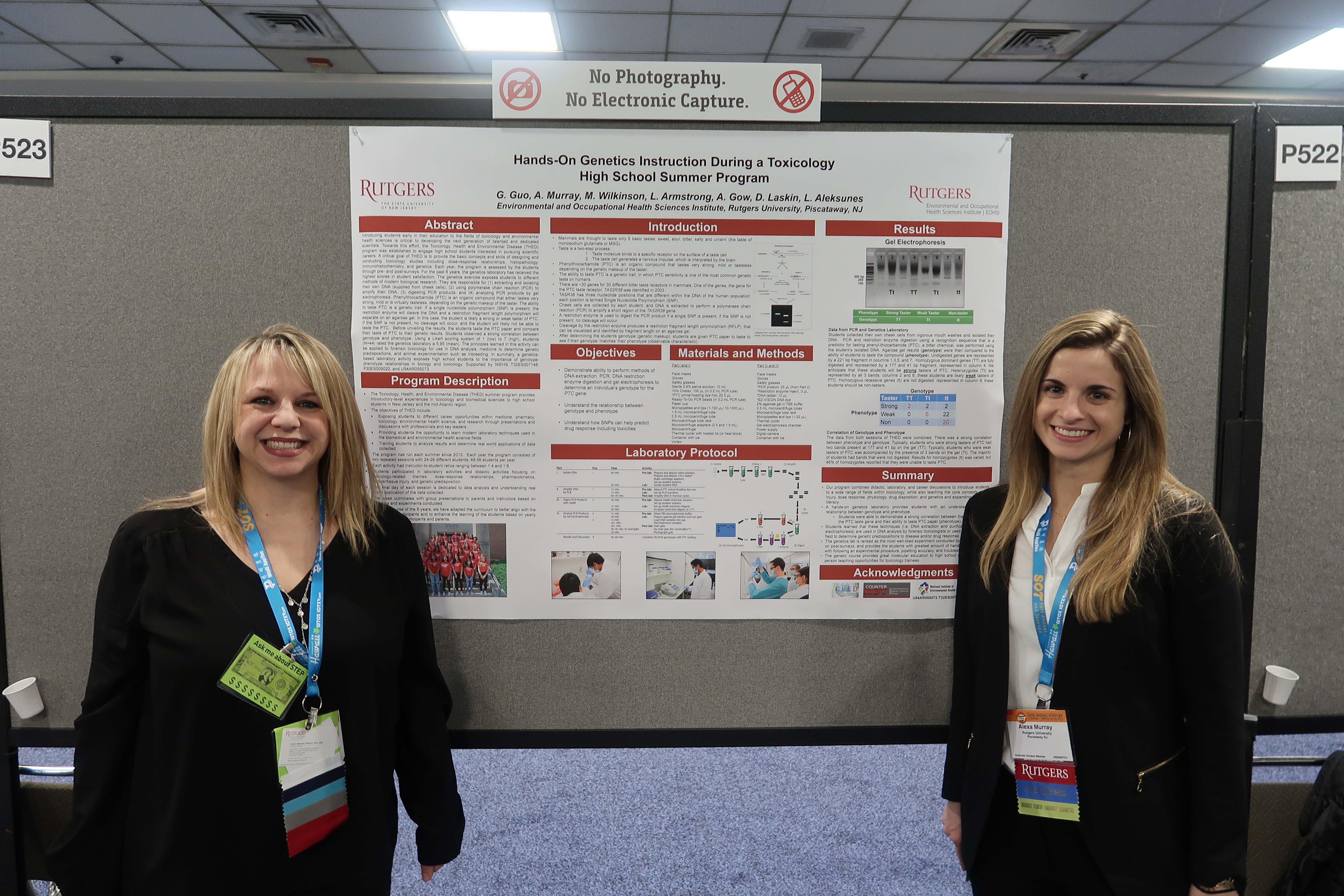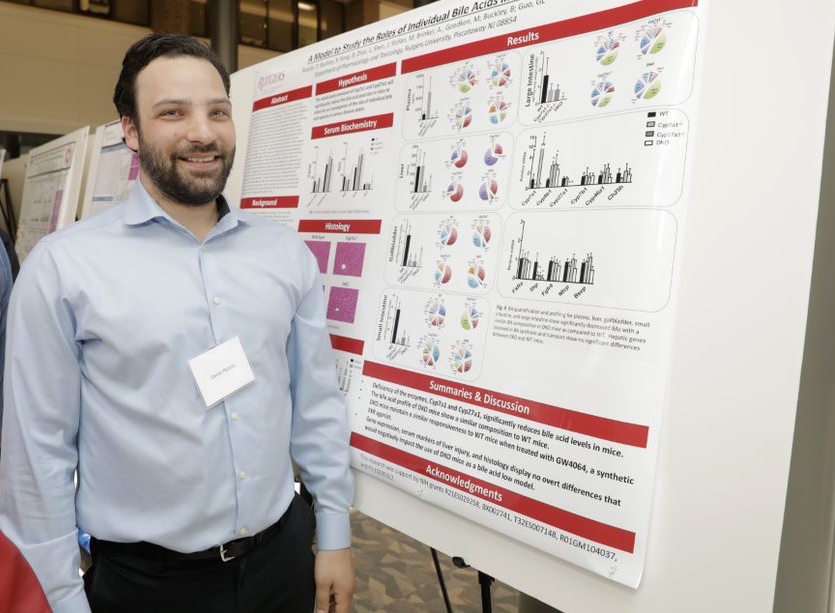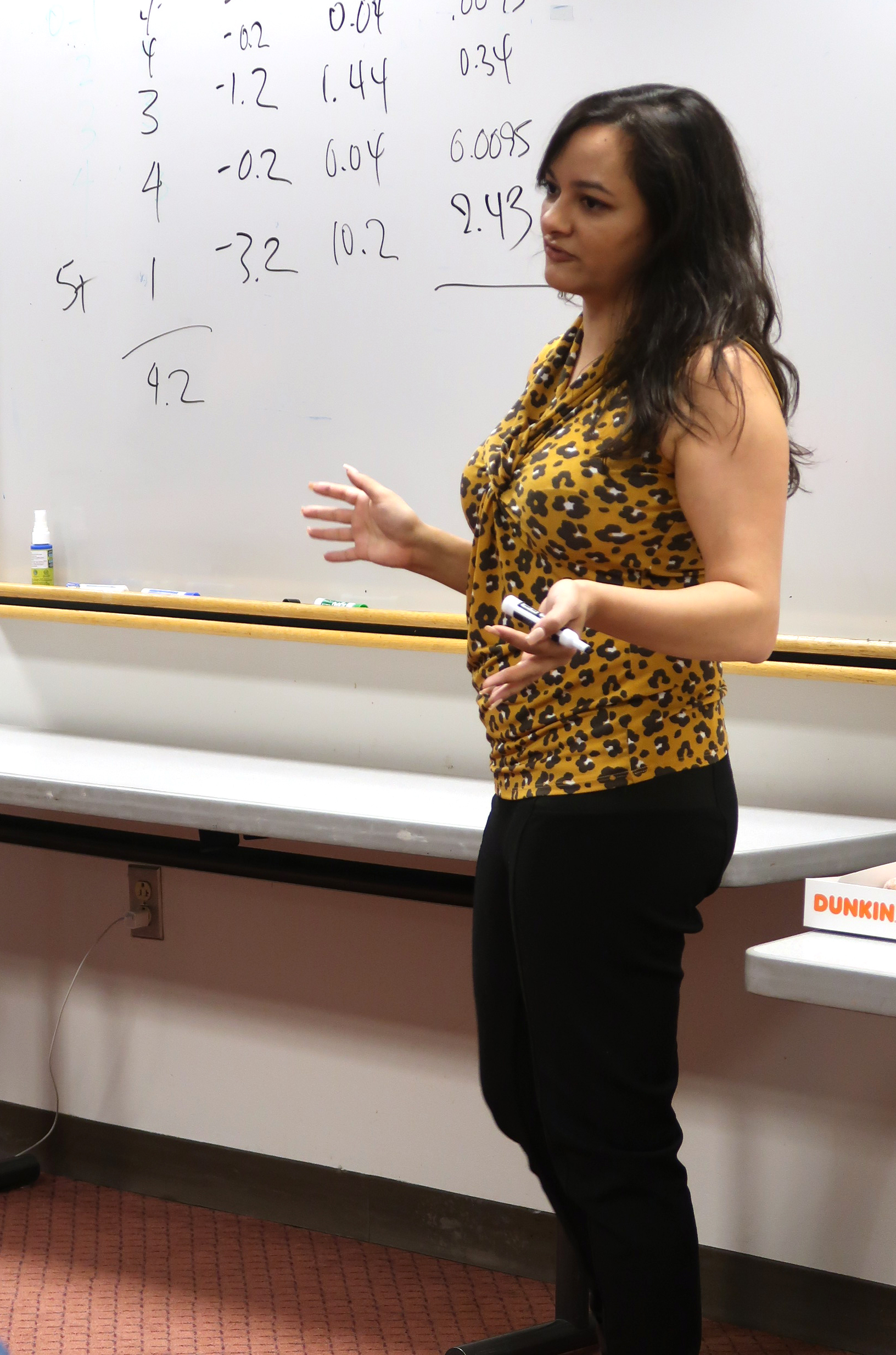
On May 23rd, the JGPT hosted a 3-hour bootcamp on biostatistics for current toxicology students as well as trainees and research scientists from across campus. Dr. Amy Kohtz provided case studies and a host of tools for the 25 participants to analyze their biological data. As students advance in their thesis projects and scientists prepare […]



